About this blog: A recipe for Ab Gosht, a meat stew in milk which can be cooked with mutton/lamb/beef. It is a slow cooked meat stew packed with flavors of various spices, predominantly fennel (Mouri) and embarks intense influence from ancient Persia. This particular recipe is drawn on Kashmiri food heritage.
Update: Upon showing this blog, Sabah tells me this is known as Ab Gosh at her home in Kashmir. I wanted to change but that too much work on SEO, so letting it be as Ab Gosht, how Google understands!
Read all the recipe I have documented at the cookbook here.
For the past 5 years, I have seen this friend of mine immaculately transforming a dessert kitchen in Saudi turn into a beautifully merged show-case of shared Bengali and Koshur (Kashmiri) cultural heritage.
My friend Sabah, a Bengali girl, married into a Kashmiri Muslim family and was more than eager to learn about the wealth of wisdom that an indigenous kitchen can provide. Her regular updates, initially on Whatsapp and later on Instagram (look up at @bongwithakashmiritaste), on Wazwan spread during Eid or other occasions, the red sheen on Kahwa, subtly pink Nun chai, sheermal, various lamb items cooked with turnip and an array of other vegetables and Haak, the collard greens from the field have intrigued me for the longest!
Pin it for later!
I saw another friend Raktima, a home-maker and a mother too, picking up a duck recipe from Sabah’s IG and cooking in her kitchen (her IG: @lifespiceandmore). I was almost about to cook Paneer Tabak Maaz, following her recipe until I saw this picture of Ab gosht. We had not cooked meat at home since lock-down started.
I do not know what tempted me more. The barista? The mutton? Kashmir connect?
Nonetheless, we prepared Ab Gosht on one balmy afternoon in Bengaluru.
Sabah never really prepared Ab Gosht, or did I miss, but she did prepare Rogon Josh and a number of other meat preparations in the past. Think Rishta. Think Yakhni. or Gushtaba. I always wondered how she and her family manages to eat meat on a regular basis. I am a Bengali and cooking meat for me is basically recreating Golbarir Kosha Mangsho (followed by Gelusil tablets), the iconic Kolkata dish! Eating Mutton on a regular basis comes with several health clause, or so I thought until I cooked Ab Gosht.
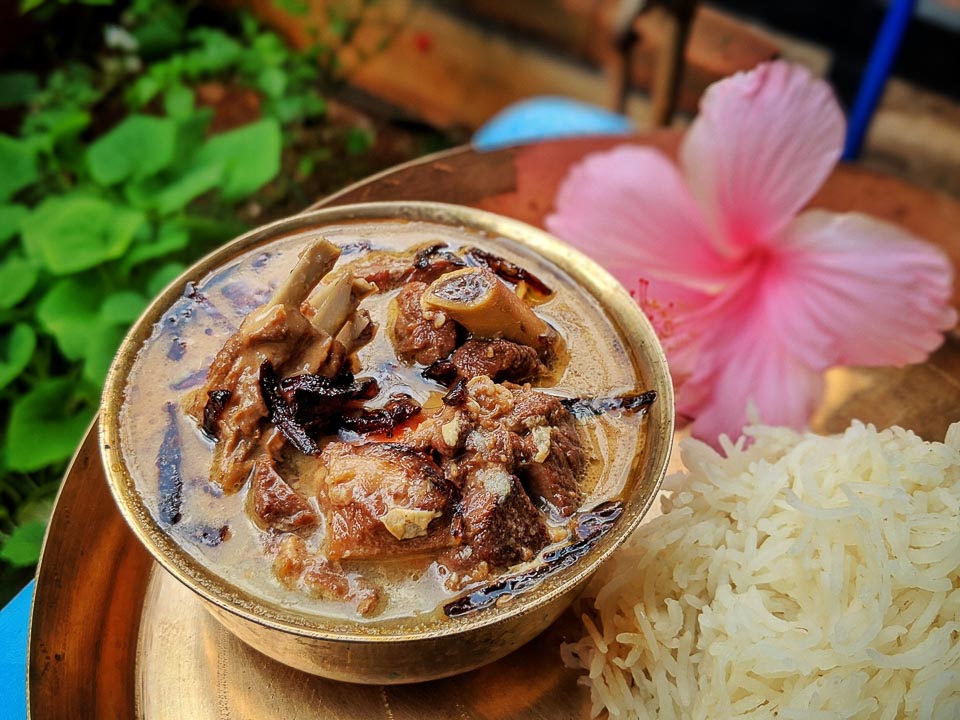
Also read: Complete Guide to Offbeat things to do in Goa!
While preparing Ab Gosht, I realized how the art of eating meat differs for each region, and how humans adapted to transform a red-meat item into a regular source of nutrition and flavors.
Historically, Kashmiri households have prepared various meat preparations since time millennium. With the advent of Ujbek invaders, came along exotic spices and cooking styles of the ancient kingdom of Persia. Apart from influence on cuisine, Persian art blended in with the woodcarvers, weavers, architects, calligraphers of Kashmir. Thus, an invisible tie bonded routes to distant Samarkhand from the mountain hamlets of Kashmir.
The idea of cooking Ab Gosht, meat in milk stew, has been simmering for centuries with several regional variations in Azerbaijan, Iran and Central Asia. Meat being the major source of food in these regions, had to be tendarised and cooked in a way suitable for regular consumption. Ab Gosht shows a rather “light mutton curry” can be equally exotic and amazing in taste, despite being remarkably low in spice count!
My podcast on Kashmir travels, back in 2012 with Ghosh Travels!
Ingredients for cooking Ab Gosht
Mutton (Kochi Patha): 1.5 KG (can be cooked with beef and lamb too)
Milk: 1 Liter
Fennel/Aniseed: 2 Tbsp
Black Cardamom: 3 Pcs
Cardamom pods: 6 Pieces
Cloves: 1 Tbsp
Black Pepper: 1 Tbsp (freshly crushed)
Onion: 6 medium sized
Ginger: 2 inches
Garlic: 1 whole
Salt: to taste
Saffron: ⅔ strands. Optional.
Mise-en-Place for Cooking Ab Gosht
Thinly slice the onions and make barista. To cook barista, use a pinch of salt and a hint of sugar. They help caramelize onions fast.
Keep a handful of barista aside and make a paste of the larger portion. At least 4 mid-sized onion barista will be required.
Secure cardamom seeds and make a paste of the seeds only. You do not require the whole of cardamom.
Prepare the Ab Gosht Masala:
Broil black cardamom, Cloves, Black pepper, fennel seeds on a pan. Make a powdery paste and add that to water. If you want, you may add Black pepper also. This is the only spice mix you shall need for Ab Gosht.
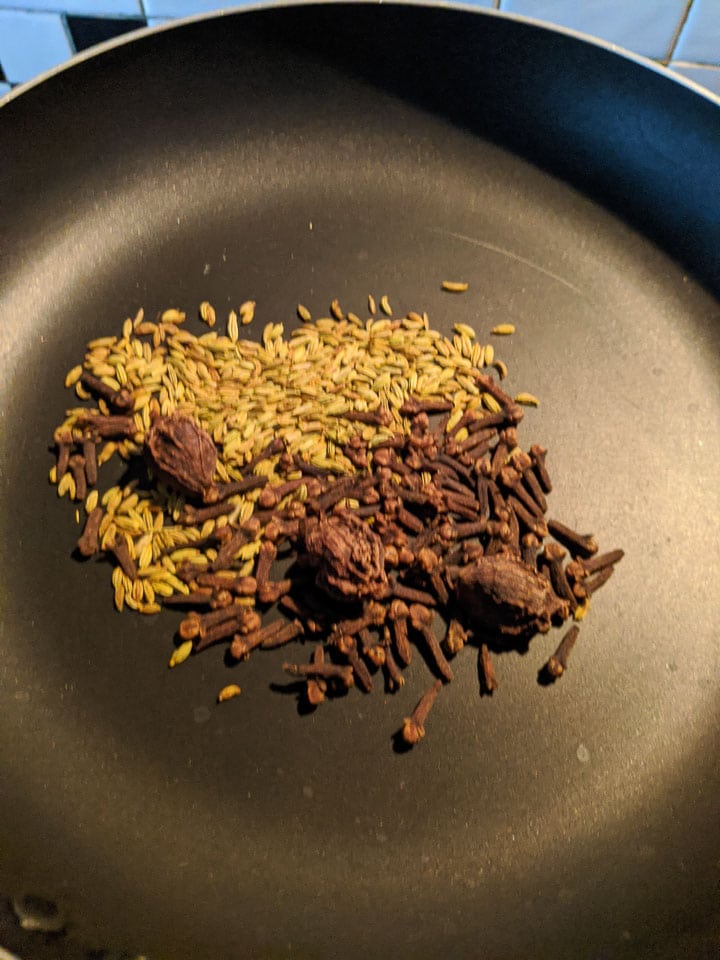
Preparing Ab Gosht
Rinse clean mutton. Keep that on a heavy bottom pan. Add potable water.
Grind Ginger and garlic coarsely. Add that in the cooking pot where meat is kept already.
Add to it the Spice mix (see Ab Gosht Masala as described on top).
Put that on heat. Once water comes to boil, simmer, cover it with a pan and let it be there for at least 2 hours. You can pressure cook but I can not guarantee the taste. Ab Gosht is an epitome of the slow cooking genre, so pressure cooking takes away from its beguiling beauty in a significant manner.
Once you turn off the gas, let it sit and do not open the lid immediately. This is paramount in retaining all the flavors.
Now, make barista of the 6 onions you have sliced.
Make a paste of that barista. If you want your Aab gosht ivory white in color, control onion input. Instead of 6, be happy with 4 onions.
In a heavy bottom pan, let milk come to boil. The aim is to reduce one liter of full cream milk to half, ie, 500 ml. Once the milk comes to boil, add in cardamom seeds. Remember, only seed, not the whole cardamom pod.
Now is the time to take care of the cooked meat.
With a ladle, keep the mutton pieces aside.
Use a fine mess sieve, strain the stock.
Keep the flavorful stock. This is precious. This should be of the same consistency like water.
You will not need the mix of spices and ginger-garlic paste. I used it as compost for my kitchen garden, yet again.
Heat ghee. Or mix in equal proportion of oil and ghee.
Add in the barista paste and mutton immediately. Let it fry. Remember, the meat had not been fried before. It needs gentle searing.
The searing process should continue for at least 20 minutes on high flame and constant ladling.
Now add in the stock. Adjust seasoning.
Let it come to boil and add in the reduced milk. Stir well. Your Ab Gosht is prepared. At this point, I stirred in a few strands of Saffron, though this is completely optional.
The dish is served with rice. It is almost like mutton stew yet packed with numerous flavours.
To garnish, sprinkle some barista on top!
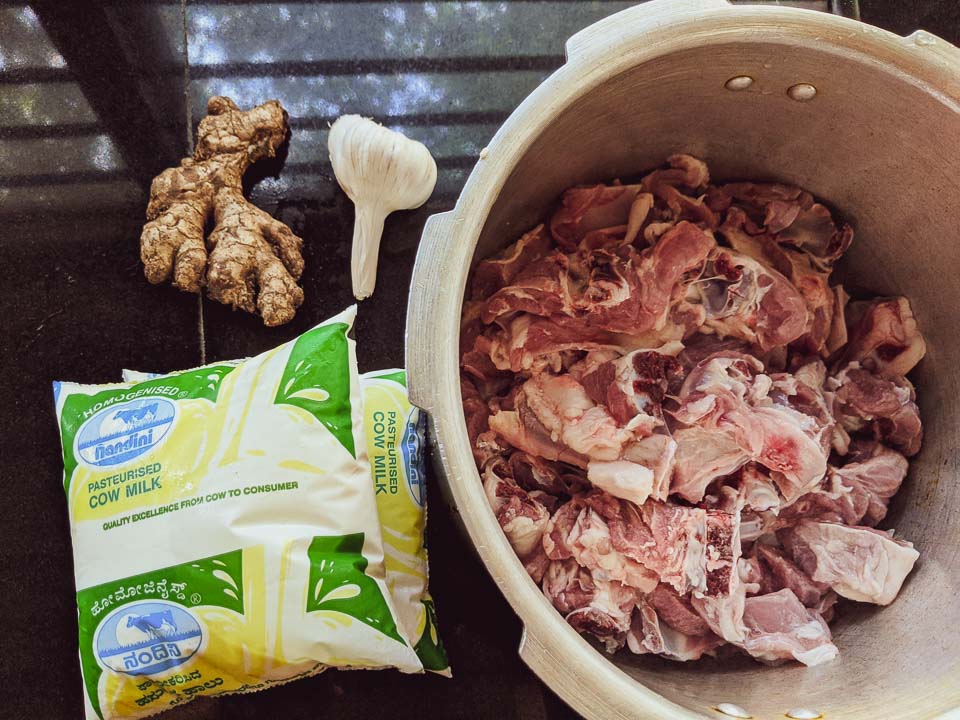
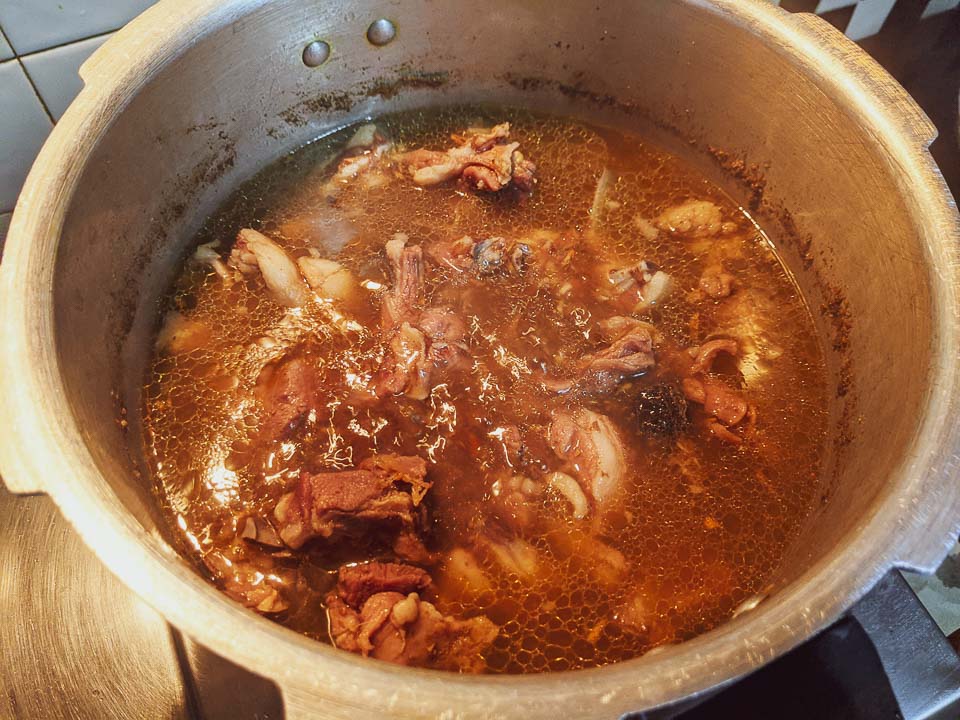
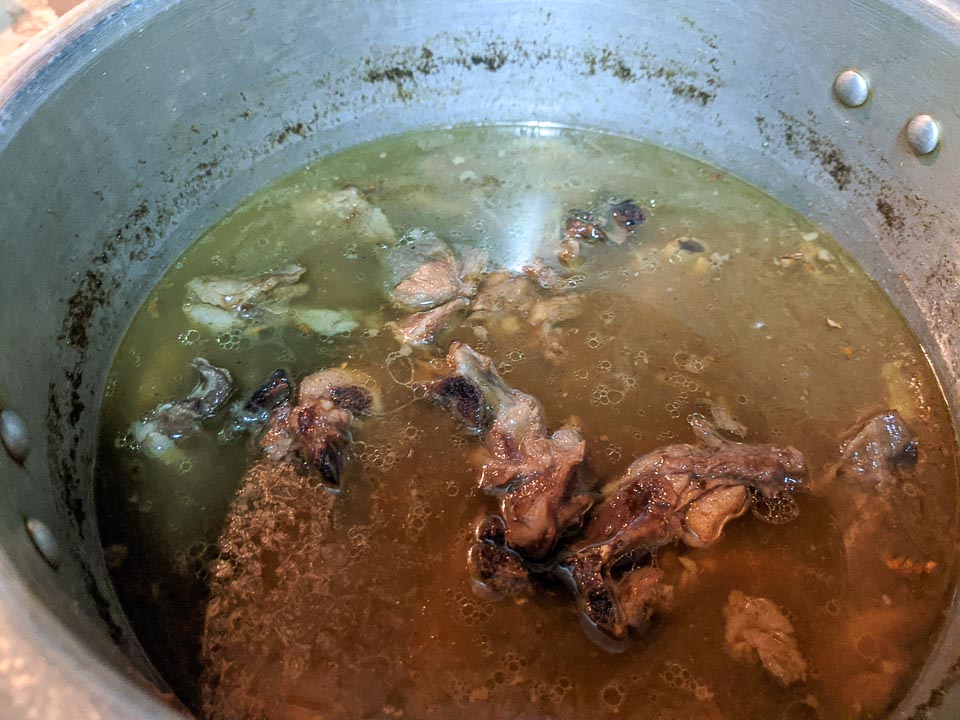
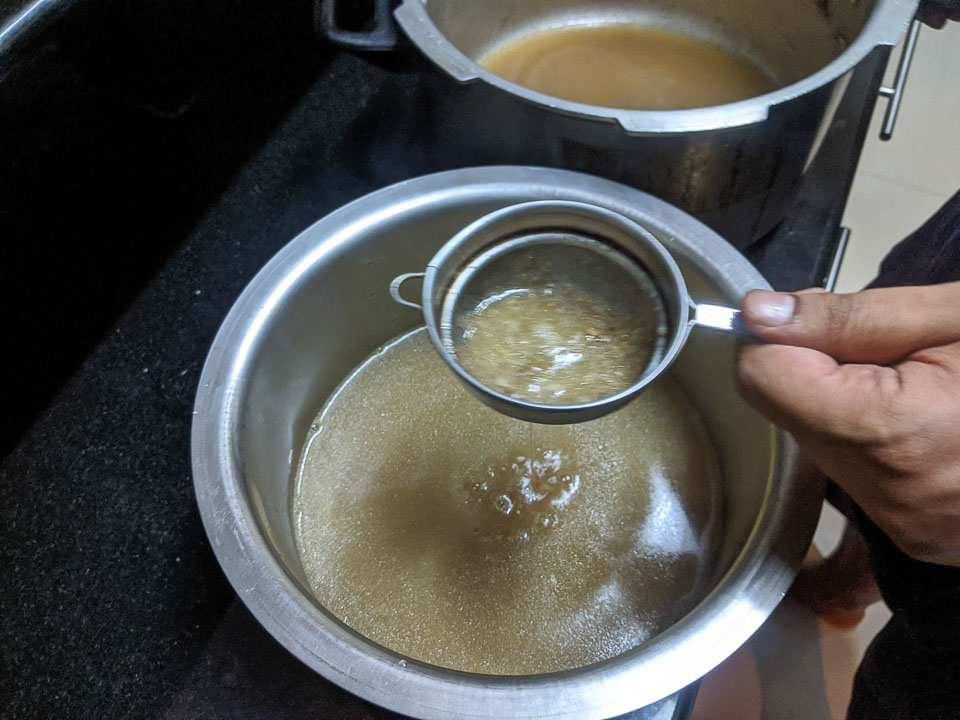
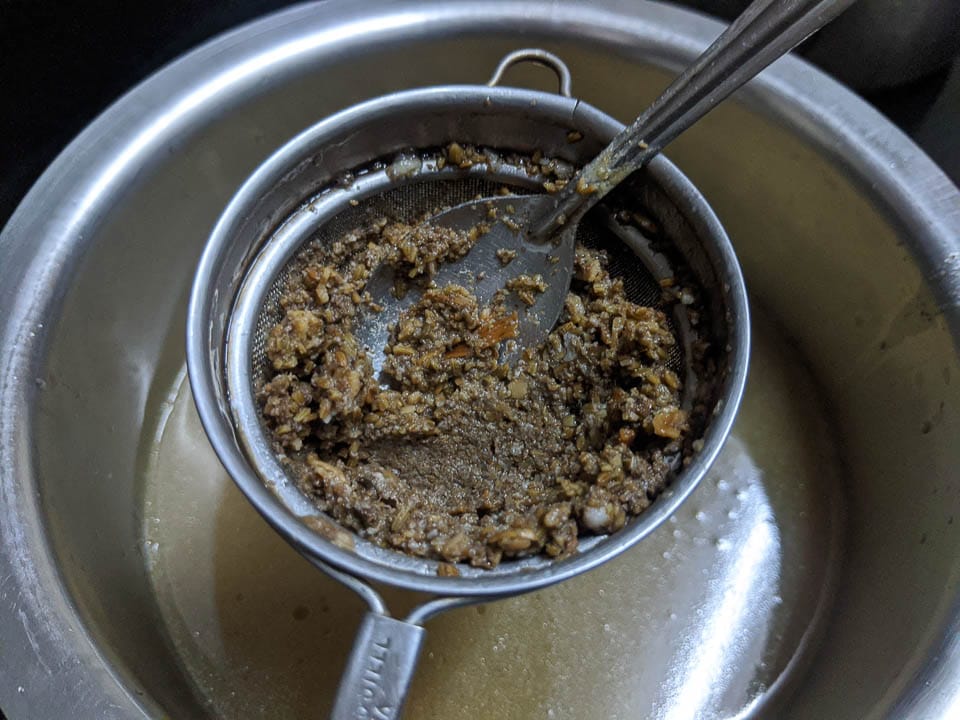
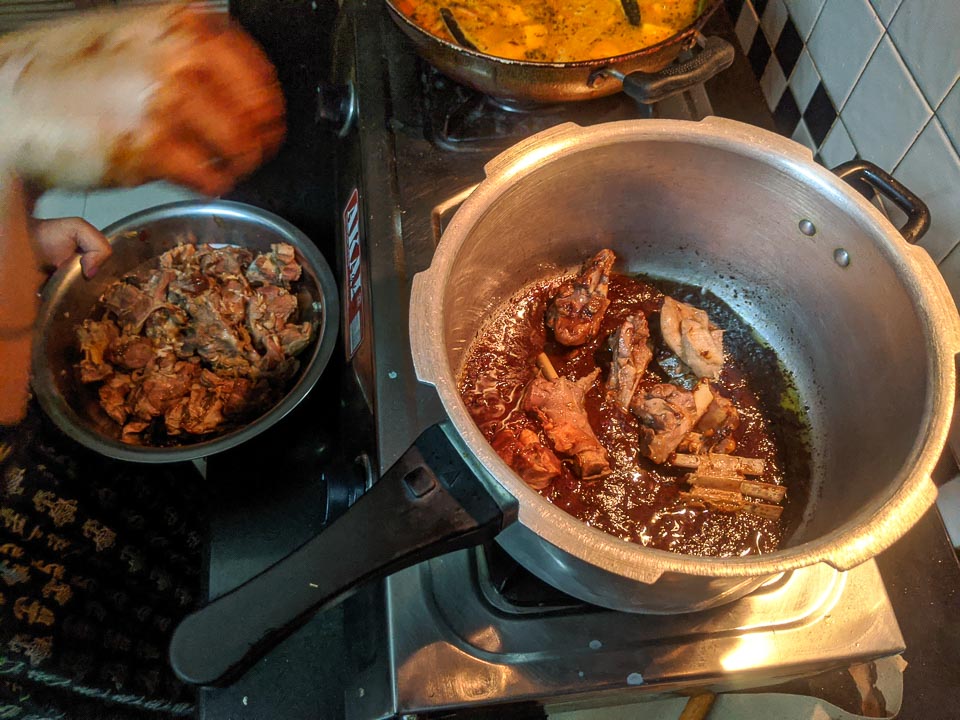
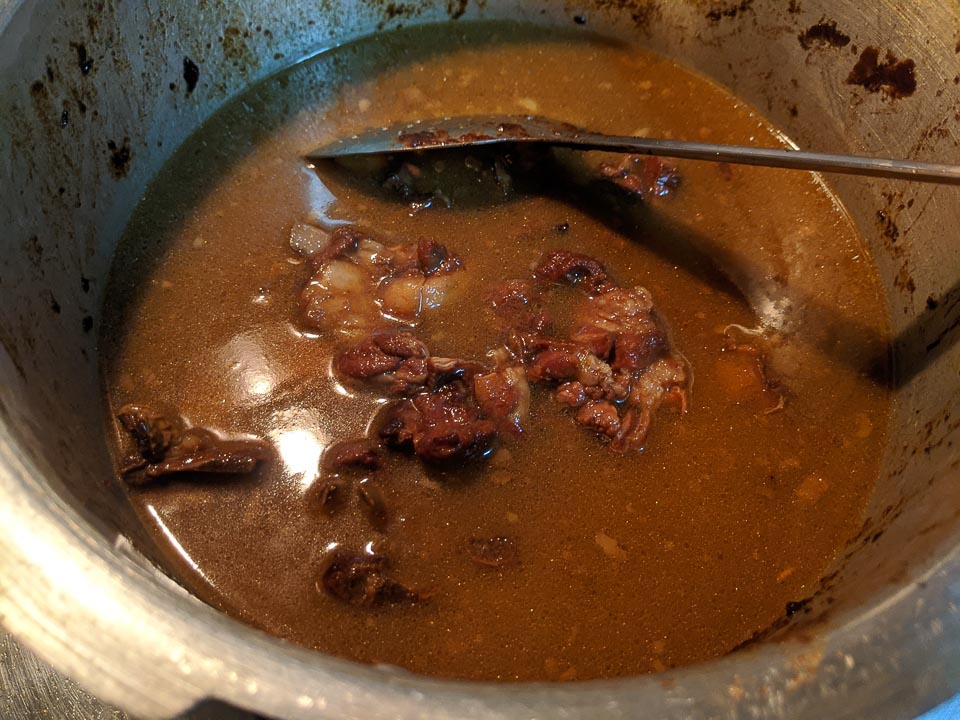
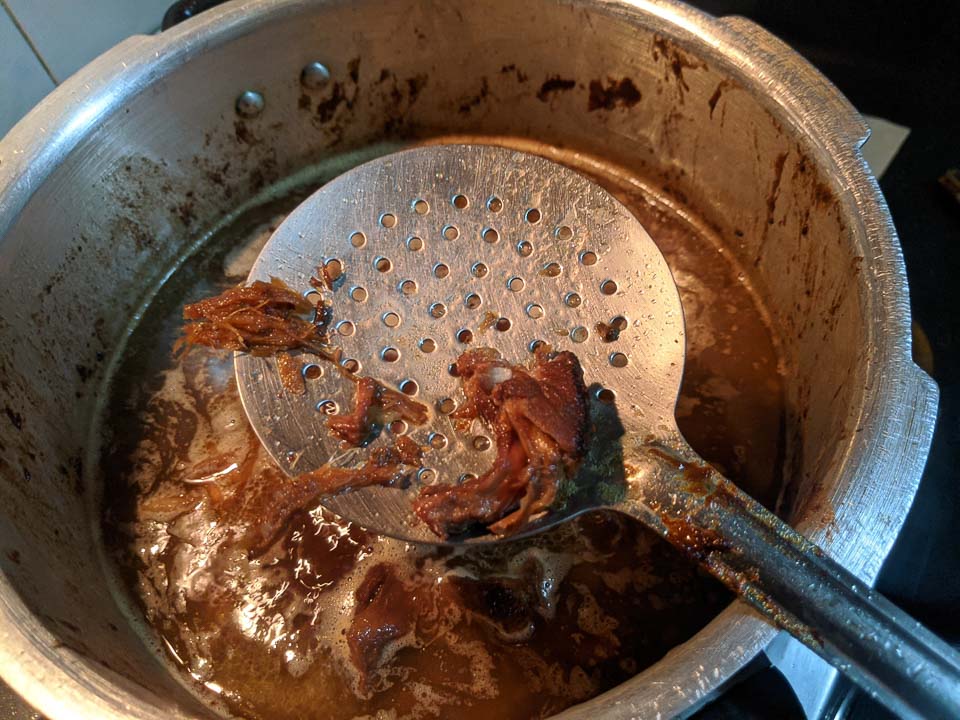
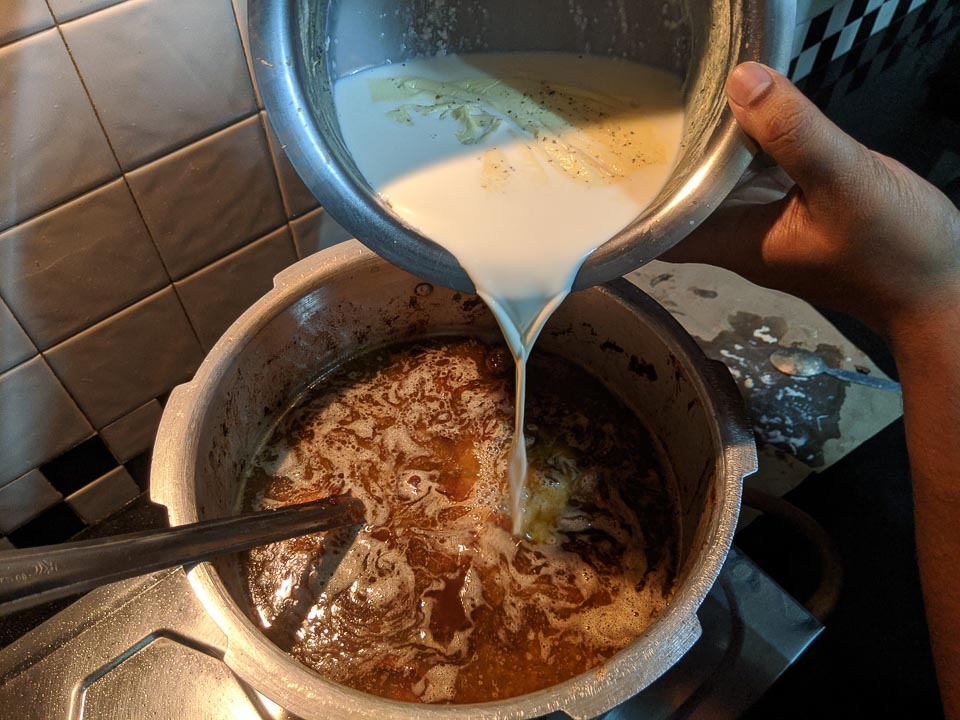
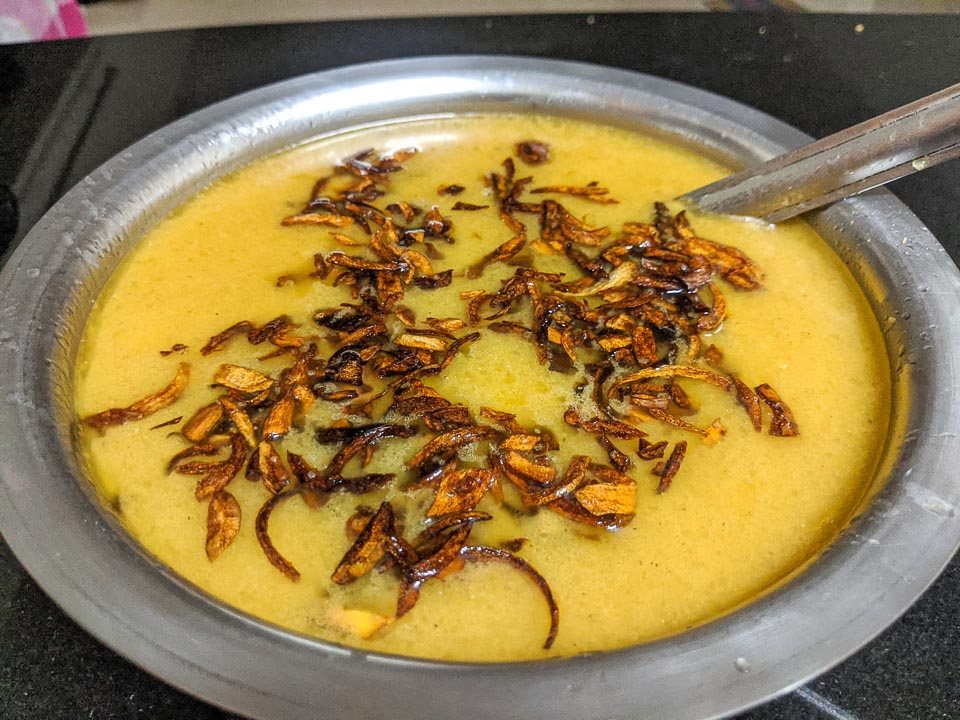
This post may contain affiliate links. Please read the disclosure post. If you have liked the article, you may support it by buying using these links without any extra cost to you.
Let’s stay connected on Facebook, Instagram, Twitter! You may also consider joining my mailing list. I send travel and photography related emails only once a month!
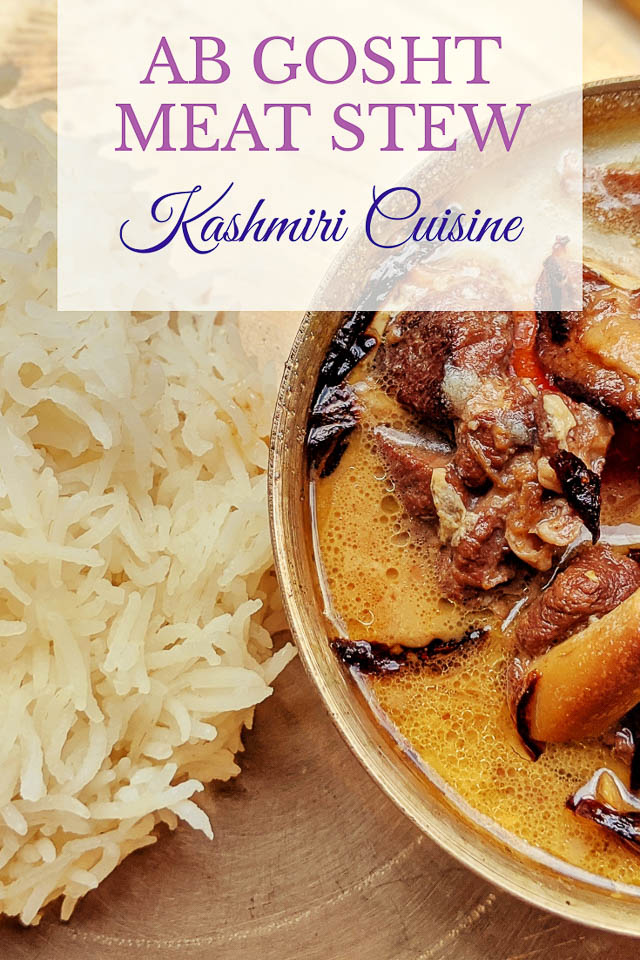
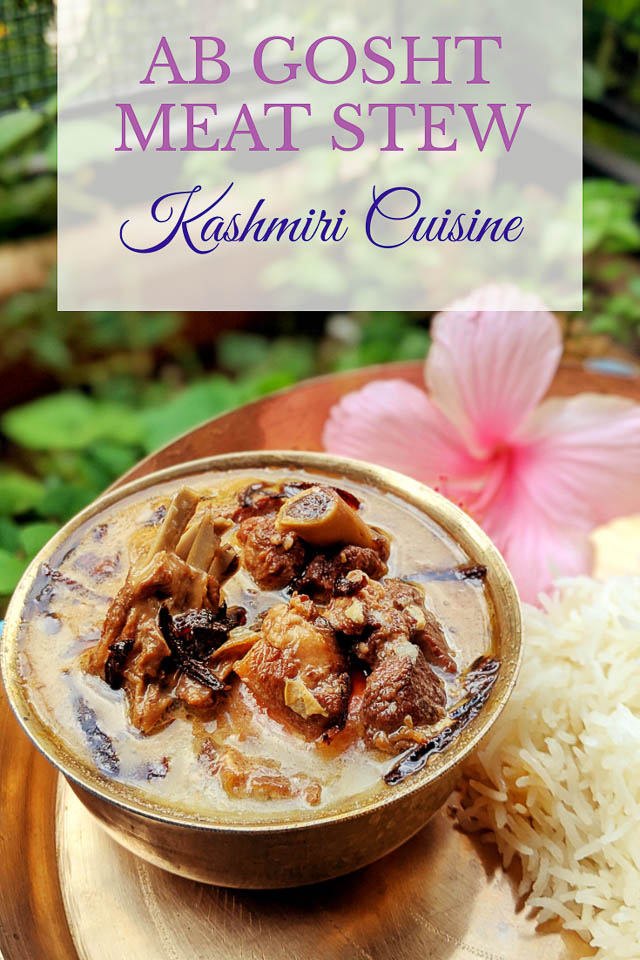
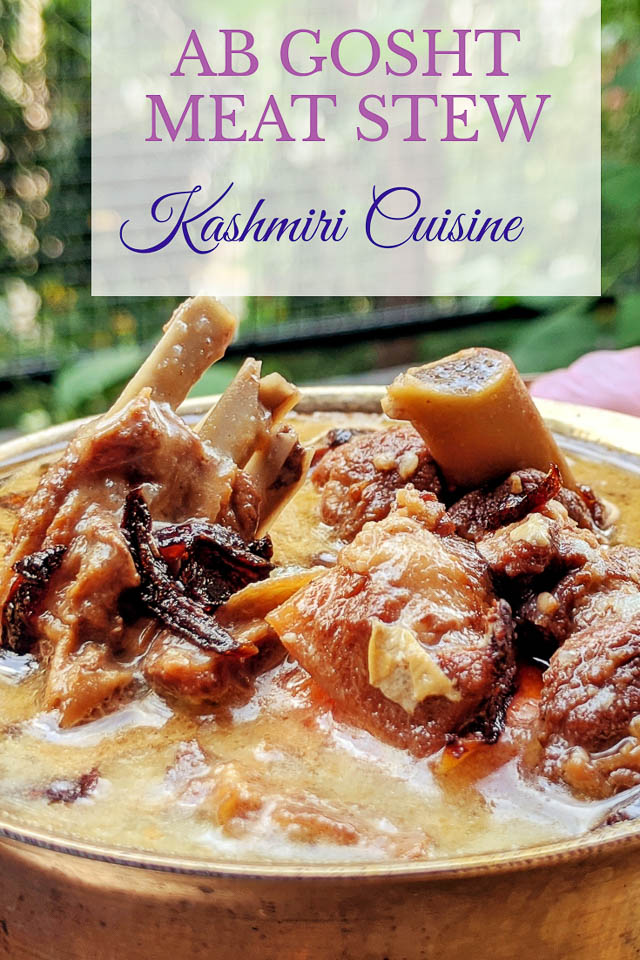
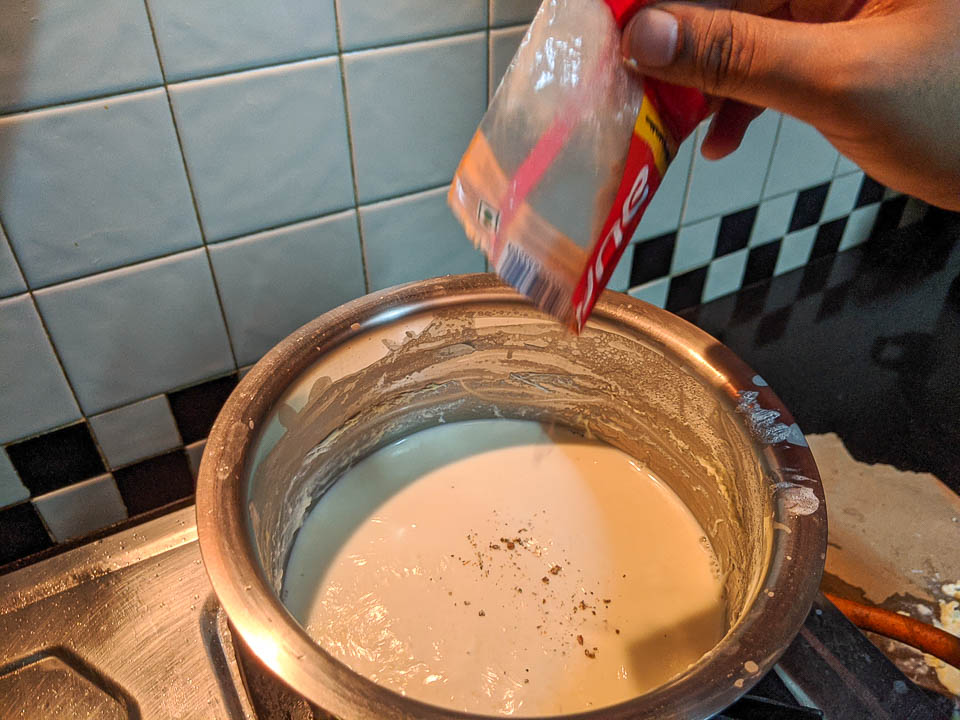
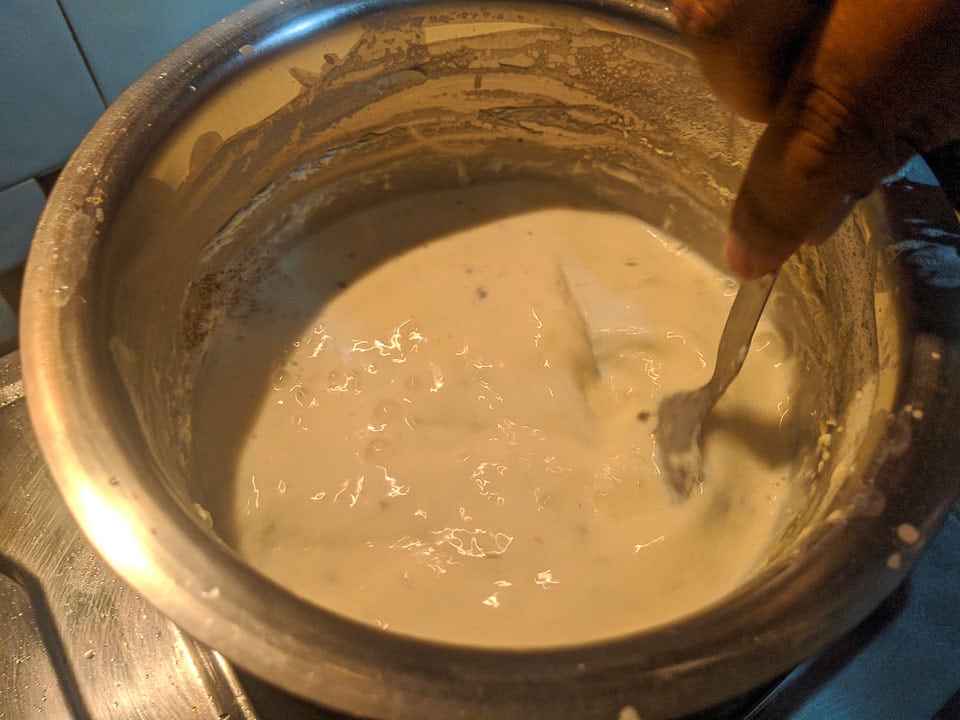
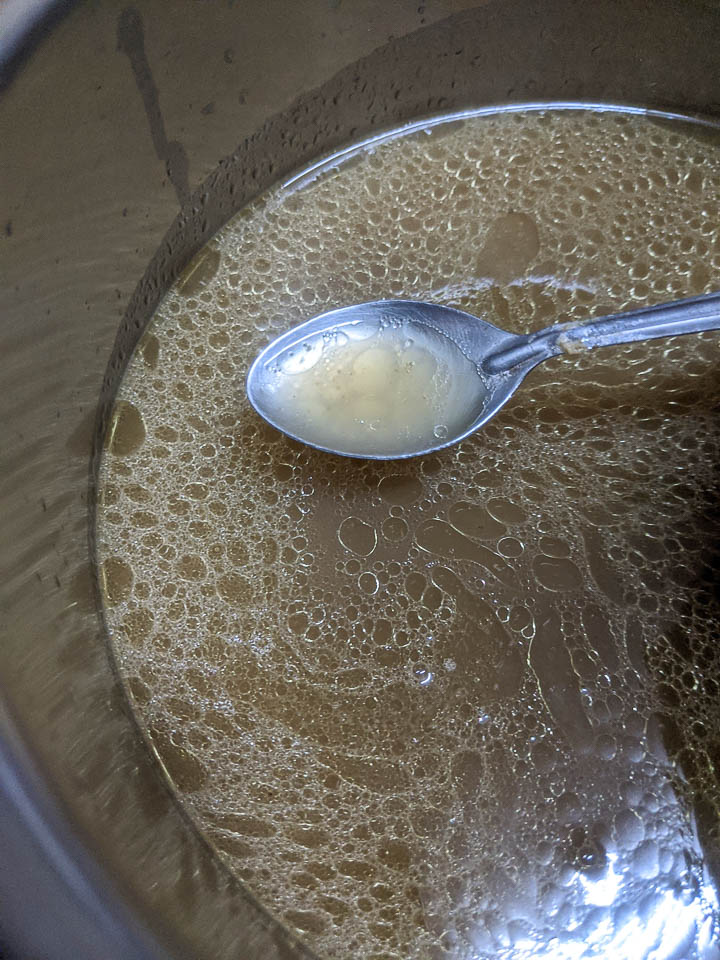
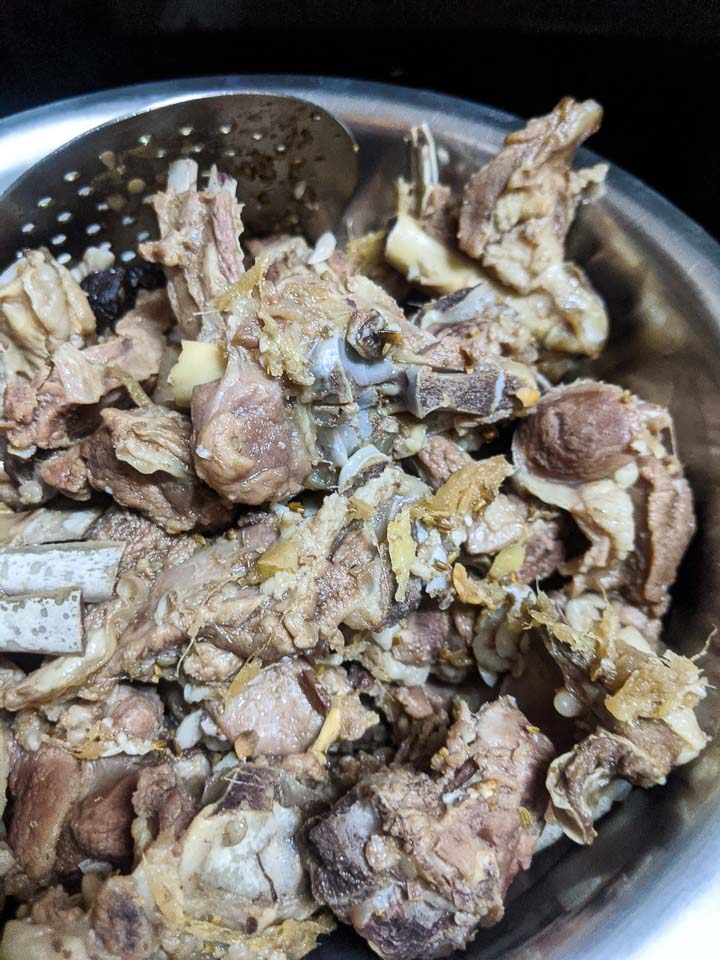
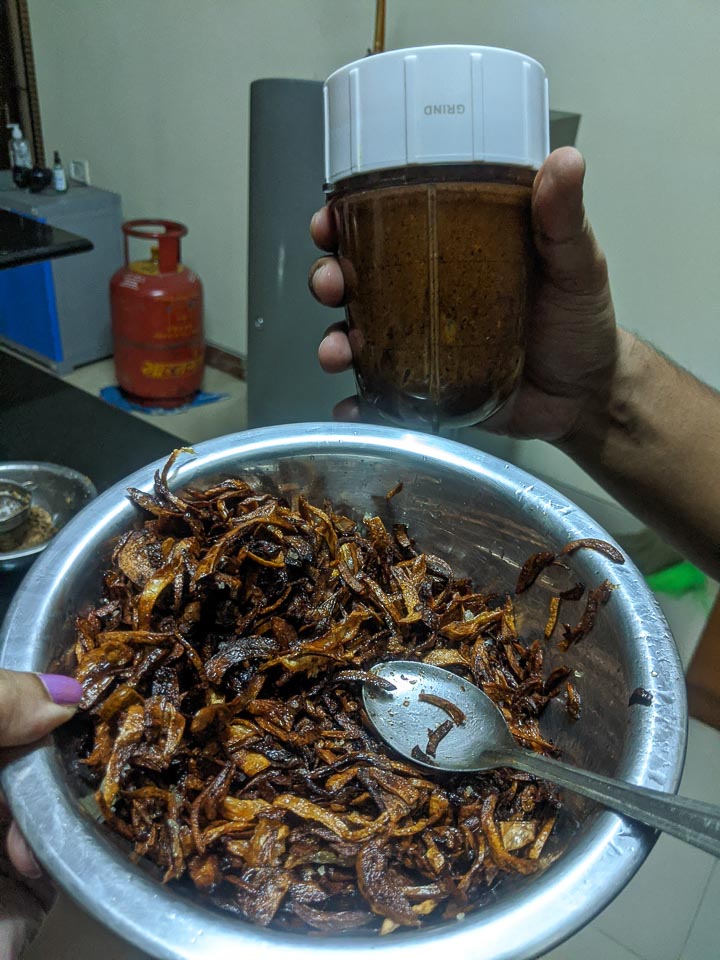
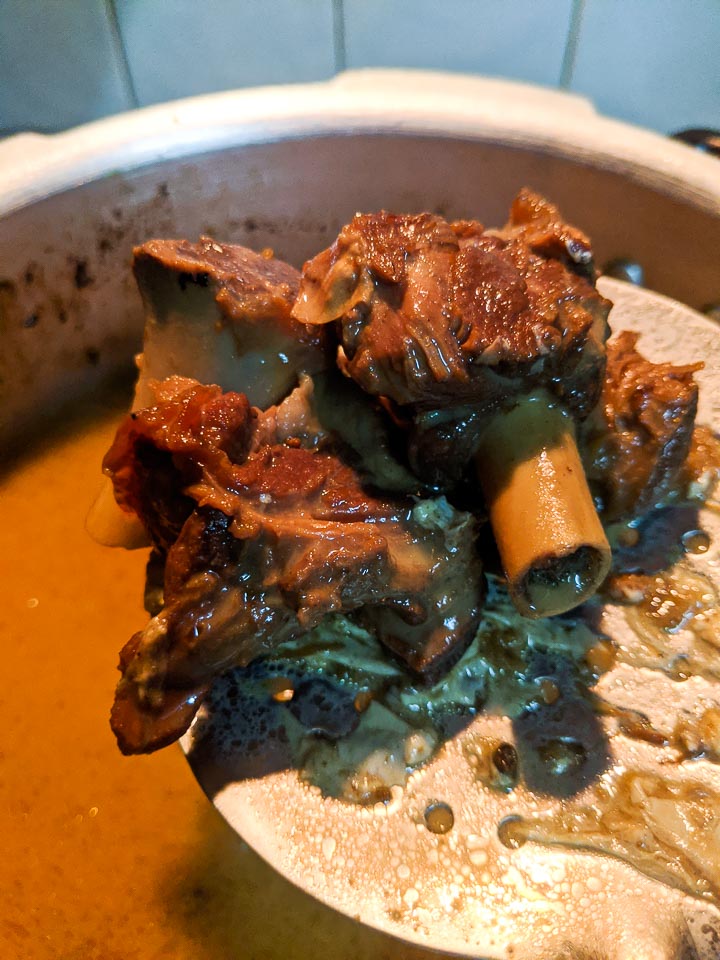
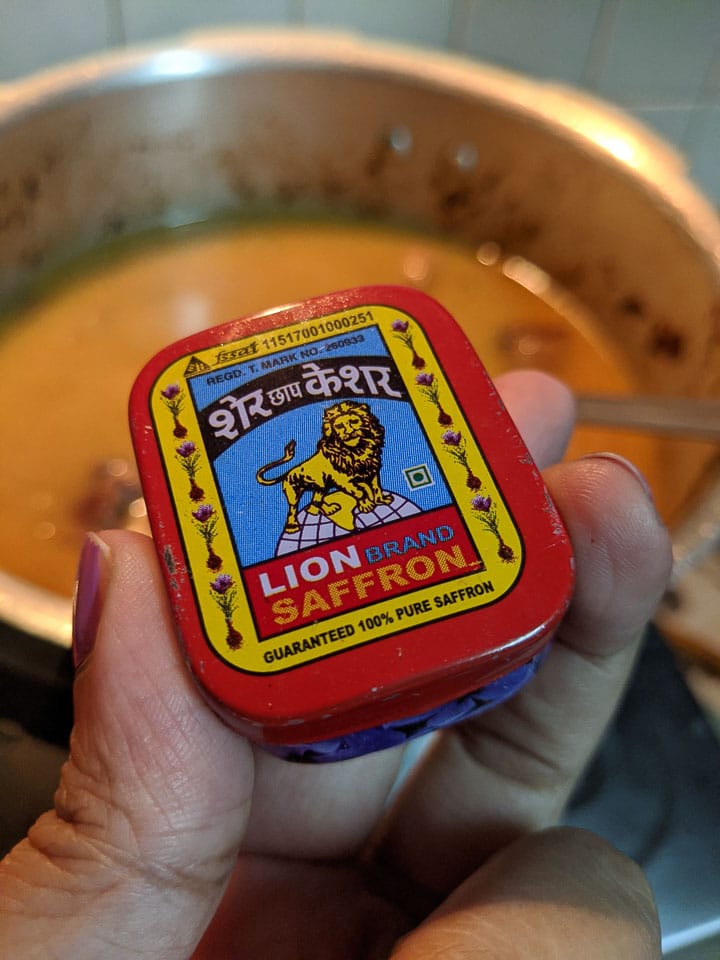
This looks SO GOOD! There’s something about the slow, long cooking and the luscious ingredients that takes it to the next level.
This looks like a great hearty winter dish. I have not cooked too often with some of these spices but I can imagine how fragrant the result would be.
Sounds like a great way to try exotic meals at home! Looks like an easy recipe to follow too!
Do you use the stock in a separate dish? Or serve it on the side in the same meal?
You may use it to cook soup. We used it in the dish after sieving through a Muslin.